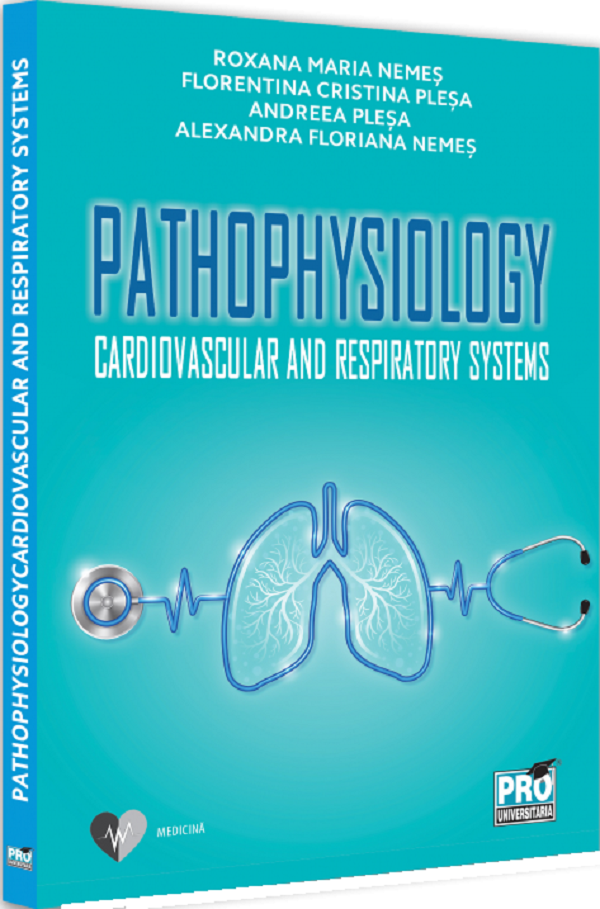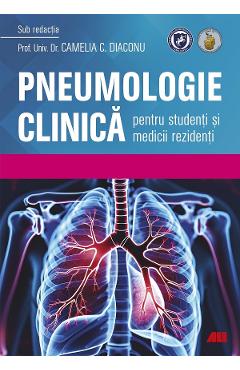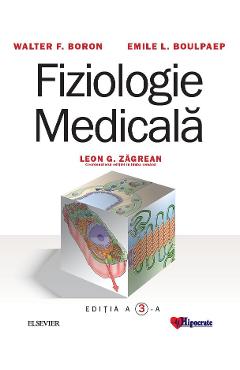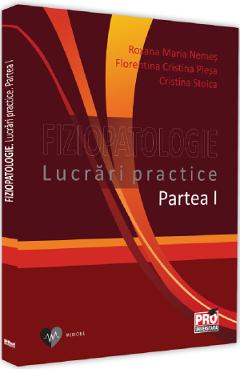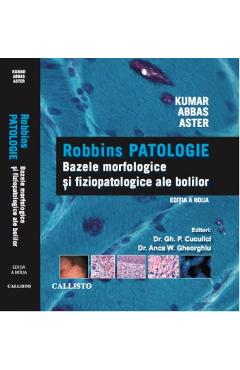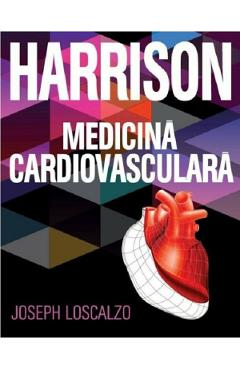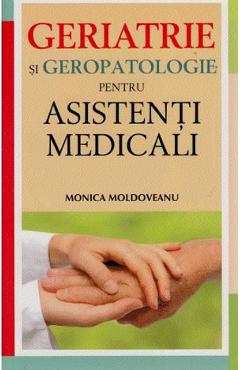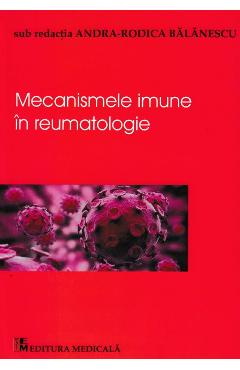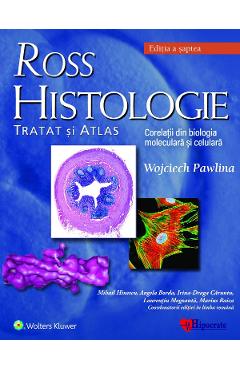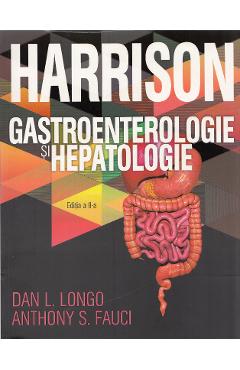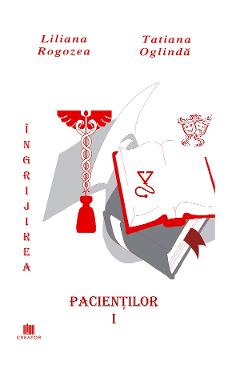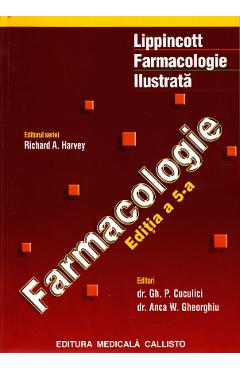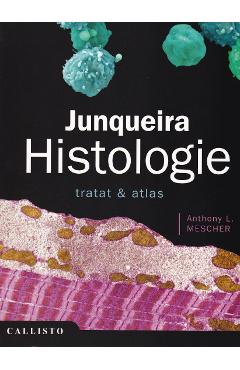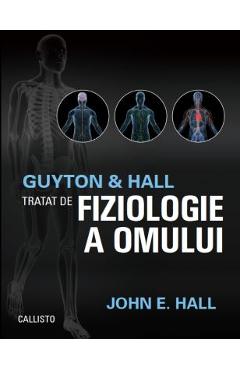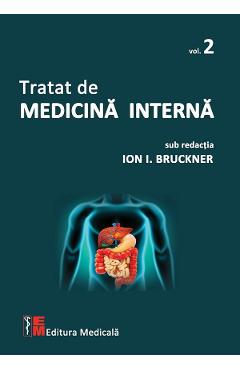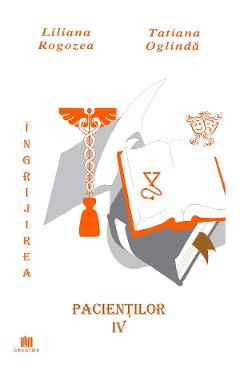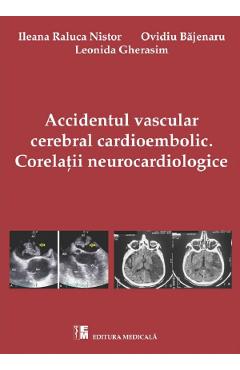Pathophysiology Cardiovascular and Respiratory Systems
• Properties of the myocardium
Chapter V Pathophysiology of rhythm disorders
- any change in the normal sinus rhythm is called arrhythmia/ dysrhythmia and occurs through:
• the origin of the driving impulse outside the SN;
• rhythm disturbance;
• frequency change;
• impulse conduction impairment.
- arrhythmias can be: paroxysmal; sustained.
Arrhythmia can be asymptomatic or with various clinical manifestations such as:
• palpitations with an accelerated or slowed rhythm, regular or irregular, accompanied by unpleasant sensations or even a feeling of imminent death
• dizziness or short-term loss of consciousness (syncope) due to low cardiac output
• chest pain, angina especially in the case of fast-paced arrhythmias that increase oxygen demand over intake (often associated with coronary artery disease)
Arrhythmogenic factors - very important to identify, so that you can treat them D. drugs la ischemia S. sympathotonus H. hypoxia E. electrolitic disturbances S. stretch
Investigation of arrhythmias
• ECG- the best investigation for the diagnosis of cardiac arrhythmias;
• rhythm strips- longer routes on one or more derivations (choose the most eloquent derivation);
• Holter ECG over 24-48 hours or up to 2 weeks and recording symptoms in a diary to correlate with the ECG recording;
• ambulatory monitor which registers a derivation, usually precordial;
• event monitor which records about 5 minutes at the request of the patient when he has symptoms; can be implanted subcutaneously for a longer period (one year).
Descrierea produsului
• Properties of the myocardium
Chapter V Pathophysiology of rhythm disorders
- any change in the normal sinus rhythm is called arrhythmia/ dysrhythmia and occurs through:
• the origin of the driving impulse outside the SN;
• rhythm disturbance;
• frequency change;
• impulse conduction impairment.
- arrhythmias can be: paroxysmal; sustained.
Arrhythmia can be asymptomatic or with various clinical manifestations such as:
• palpitations with an accelerated or slowed rhythm, regular or irregular, accompanied by unpleasant sensations or even a feeling of imminent death
• dizziness or short-term loss of consciousness (syncope) due to low cardiac output
• chest pain, angina especially in the case of fast-paced arrhythmias that increase oxygen demand over intake (often associated with coronary artery disease)
Arrhythmogenic factors - very important to identify, so that you can treat them D. drugs la ischemia S. sympathotonus H. hypoxia E. electrolitic disturbances S. stretch
Investigation of arrhythmias
• ECG- the best investigation for the diagnosis of cardiac arrhythmias;
• rhythm strips- longer routes on one or more derivations (choose the most eloquent derivation);
• Holter ECG over 24-48 hours or up to 2 weeks and recording symptoms in a diary to correlate with the ECG recording;
• ambulatory monitor which registers a derivation, usually precordial;
• event monitor which records about 5 minutes at the request of the patient when he has symptoms; can be implanted subcutaneously for a longer period (one year).
Detaliile produsului










